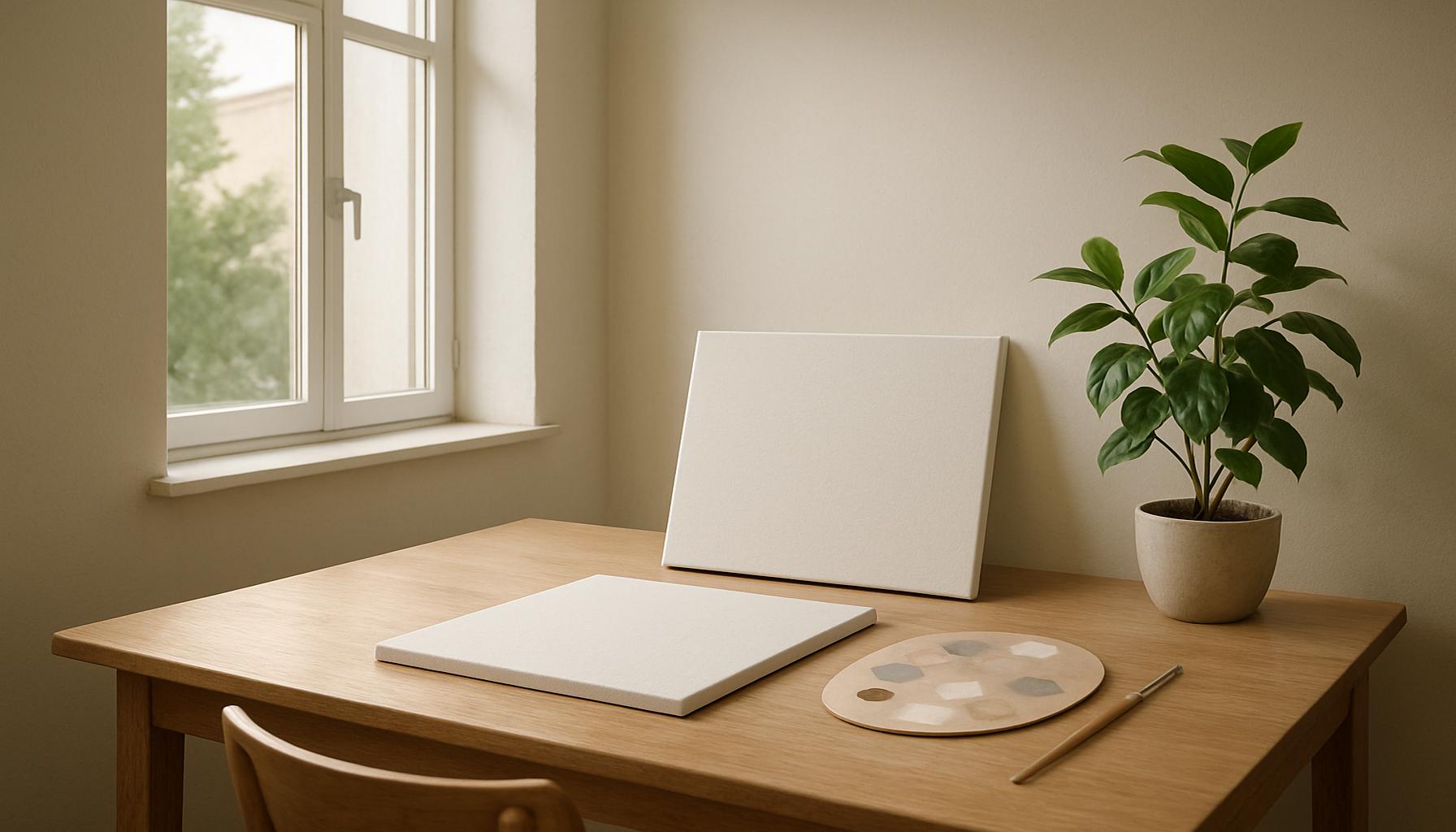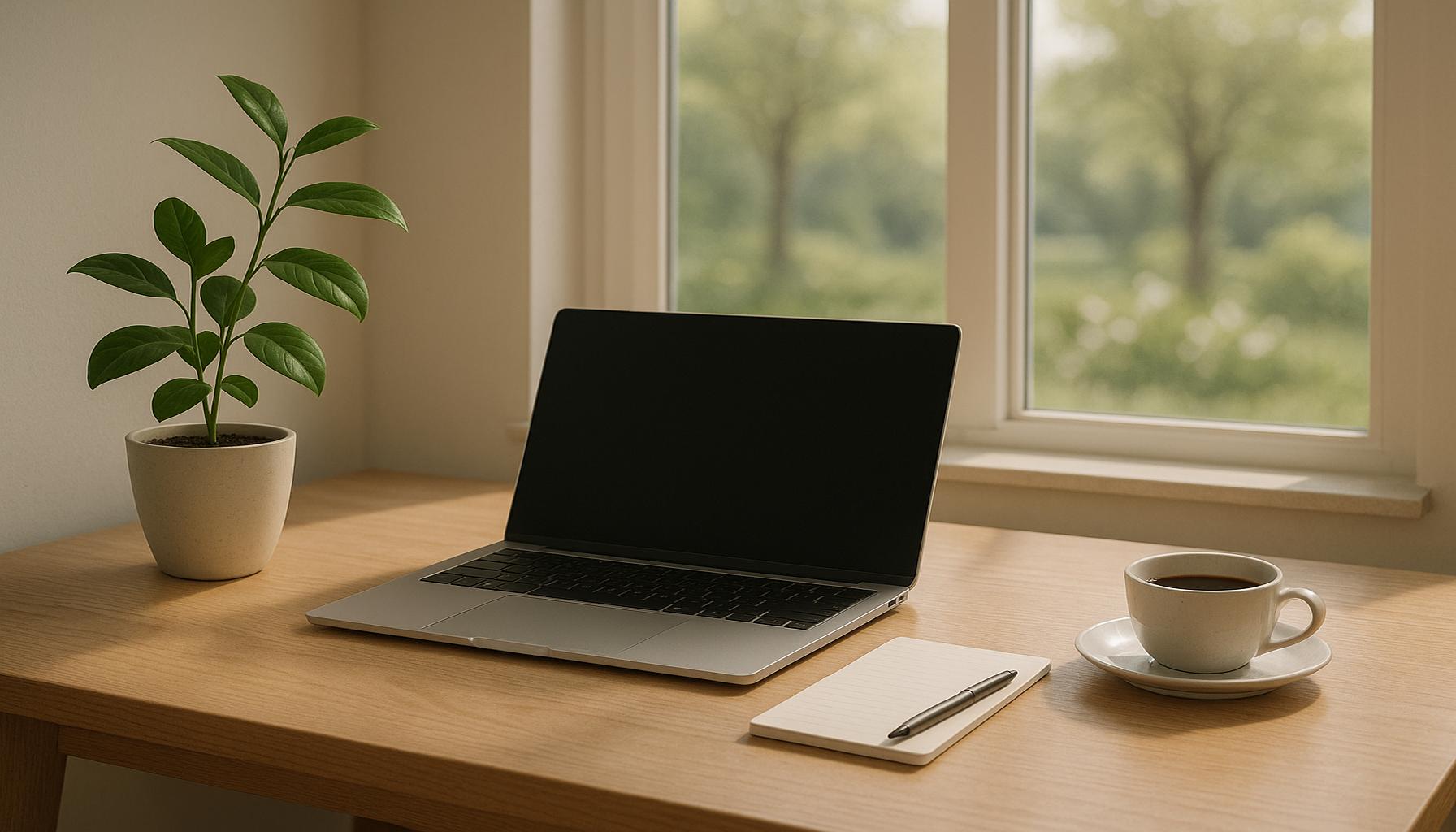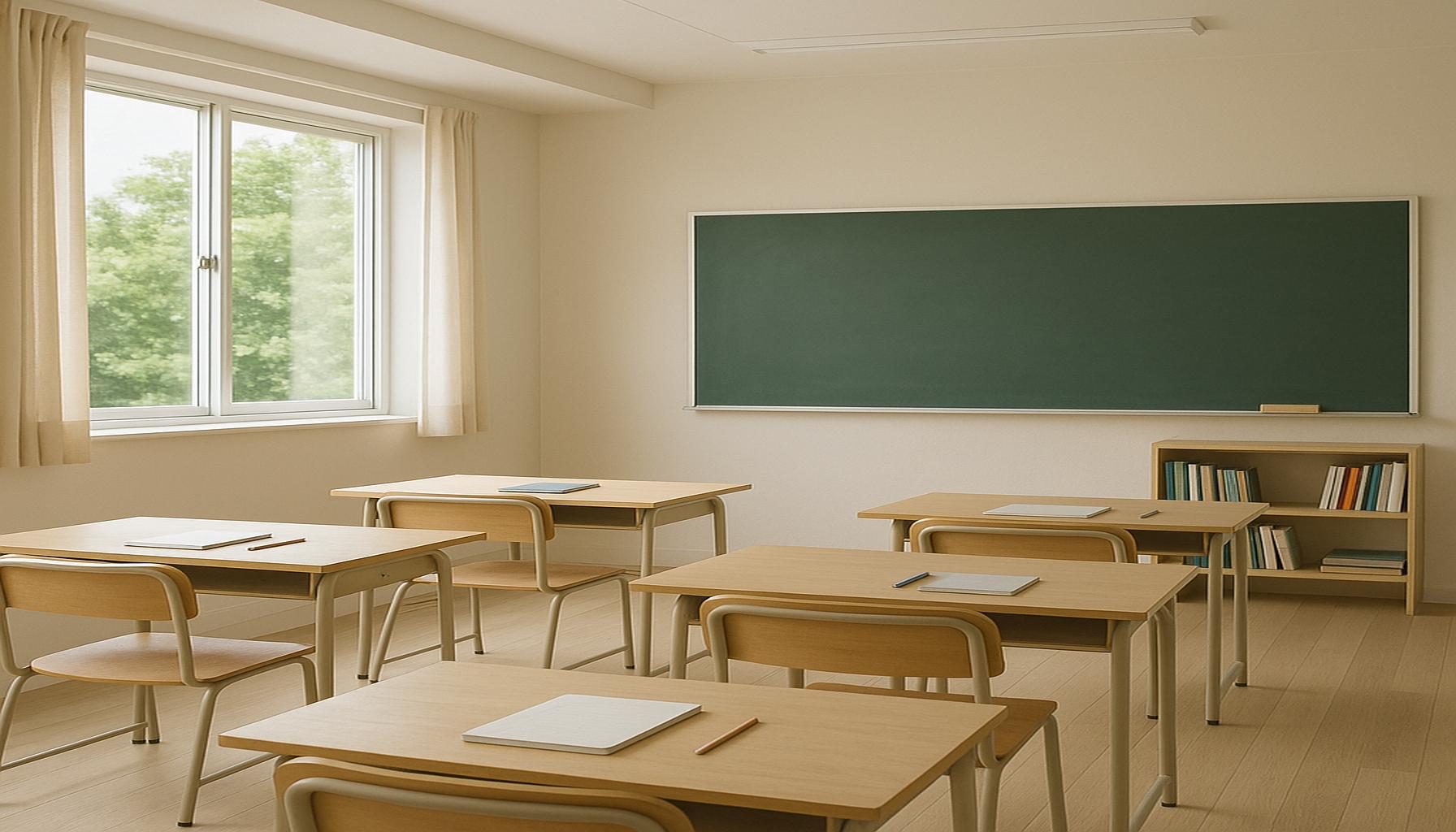The Art of Clarity: How Minimalism Stimulates Creativity and Personal Innovation

The Power of Minimalism in Fostering Innovation
In today’s fast-paced society, where individuals are constantly bombarded by information and stimuli, the quest for clarity has never been more crucial. Our mental landscapes are cluttered with distractions that often stifle innovation and creativity. By adopting minimalism, we can strategically eliminate the non-essential, allowing for a more profound exploration of the ideas that truly matter. This approach can profoundly impact not only our creative processes but also our overall personal growth and productivity.
Let’s explore several compelling ways minimalism can enhance your creative workflow and decision-making abilities:
- Focus on Essentials: When we intentionally limit our choices, we can dedicate our energy toward projects with the most significance. For instance, artists such as Pablo Picasso thrived on minimalism—he often reduced his color palette to focus on form and composition, which led to groundbreaking work in the cubist movement.
- Reduce Clutter: A clean and organized workspace greatly influences mental clarity. Research has shown that people working in tidy environments are not only more productive but also more innovative. According to a study by the Princeton University Neuroscience Institute, physical clutter negatively affects our ability to focus. Maintaining an uncluttered desk can thus contribute to generating new and creative solutions.
- Enhance Decision-Making: Minimalism can streamline our decision-making processes. With fewer distractions, our minds can better concentrate, leading to quicker and more effective resolutions to problems. An interesting example comes from the tech industry, where companies like Google implemented “20% time,” allowing employees to focus a portion of their workweek on passion projects. This initiative fosters creativity by reducing the noise of everyday tasks, resulting in programs like Gmail and AdSense.
Further supporting this approach is compelling statistical evidence. Recent surveys indicate that individuals who embrace a minimalist lifestyle report a 30% increase in productivity. This boost is frequently linked to improved focus and the alleviation of decision fatigue, a term denoting the mental strain that can result from having too many choices.
To delve deeper into the simplicity of this art form, consider not only the physical space we inhabit but also the mental space we create. What if you took a step back to reevaluate your daily routines, your workspace, or even your digital consumption? You might be surprised at the revelations that minimalism can yield, leading you to rethink your approach to creativity and innovation. Such introspection has the power to unlock doors to new ideas that you never thought possible.
DIVE DEEPER: Click here to discover the power of minimalism
Unlocking Your Creative Potential Through Minimalism
The concept of minimalism extends beyond decluttering our physical spaces; it also embraces the idea of focusing our thoughts and actions on what truly matters. As we navigate through the complexities of modern life, the challenge becomes sifting through the noise to uncover our most innovative ideas. Embracing minimalism can create a pathway to ensure that our creativity flourishes while sparking personal innovation.
One of the key tenets of minimalism is the elimination of distractions. In a world where notifications from our smartphones and endless streaming services compete for our attention, individuals often find themselves overwhelmed. A study conducted by the University of California revealed that the average person checks their phone approximately 96 times a day, creating a constant pull on focus. By consciously choosing to minimize these distractions, we can reclaim valuable cognitive resources and direct them toward creative endeavors. By setting specific times for checking emails or social media, individuals can create uninterrupted blocks of time for deep work and idea generation.
Another significant aspect of minimalism is its emphasis on intentionality. When we deliberately streamline our responsibilities and commitments, we allow ourselves more freedom to engage with meaningful projects. Consider the world of design, where simplicity often stands at the forefront. Iconic brands such as Apple have thrived by adopting a minimalist approach in their product design, ensuring that every element serves a clear purpose. This philosophy not only resonates on an aesthetic level but also inspires a powerful focus on user experience, leading to innovative products that set benchmarks in technology.
To further appreciate the impact of minimalism, it helps to examine its role in our creative processes through practical applications:
- Mind Mapping: A technique that encourages the use of visual diagrams to organize thoughts, mind mapping underscores the principle of minimalism by allowing individuals to distill their ideas into core themes. By focusing on the central concept and branching outwards, one can clearly see connections and explore creative possibilities.
- Prioritizing Tasks: Utilizing methods like the Eisenhower Matrix assists in distinguishing between urgent and important tasks. This approach not only aids in reducing overwhelm but also emphasizes focusing on tasks that align with long-term creative goals.
- Embracing Silence: Practicing mindfulness and quiet time can be transformative. Allowing our minds the space to wander without external input can often lead to sparks of innovation, as the absence of noise creates fertile ground for new ideas to flourish.
As we reflect on these methodologies, it’s evident that the art of clarity through minimalism isn’t just about physical decluttering—it’s a holistic approach to creativity that encourages us to reevaluate how we interact with ideas, tasks, and our environment. By cultivating the *mental space* for more focused creativity, we can enable ourselves to experience personal growth and enhanced innovation.
| Advantage | Description |
|---|---|
| Simplified Focus | Minimalism reduces distractions, enabling a clearer path to innovative thinking. |
| Enhanced Productivity | By decluttering, individuals often find that they can complete tasks more efficiently. |
| Creative Freedom | With fewer possessions and visual clutter, users report increased inspiration and fresh ideas. |
| Mindful Living | Adopting a minimalist lifestyle encourages mindfulness, fostering a deeper connection with creativity. |
The theme of minimalism holds great potential in stimulating creativity and personal innovation by providing a clear atmosphere that nurtures new ideas. With simplified focus, individuals can draw in the inspiration necessary for breakthroughs without the overwhelming noise of a cluttered environment. Enhanced productivity is another significant advantage as minimalism facilitates streamlined workflows and clear objectives, encouraging people to achieve their goals without unnecessary hindrances. Moreover, the sense of creative freedom derived from a minimalist approach unlocks pathways to explore uncharted territory. When one’s surroundings are free of excess, the mind becomes a canvas for innovative thoughts. Lastly, mindful living enhances our connection to the creative process, allowing us to delve into personal projects with clarity and purpose. By embracing minimalism, you may find a profound shift in both creativity and productivity.
DISCOVER MORE: Click here to learn how minimalist organization can change your life
The Intersection of Minimalism and Idea Generation
As we delve deeper into the relationship between minimalism and creativity, it becomes evident that this lifestyle can significantly enhance our ability to generate innovative ideas. The process often begins with a simple, yet profound concept: focusing on quality over quantity. In a culture that often equates success with the sheer volume of output, adopting a minimalist perspective encourages individuals to hone in on creating a few high-impact projects rather than spreading themselves too thin across numerous mediocre endeavors.
The renowned author and speaker, Greg McKeown, articulates this notion splendidly in his book, *Essentialism: The Disciplined Pursuit of Less*. McKeown emphasizes the importance of identifying what is essential and eliminating the non-essential. This philosophy can be transformative for creatives facing burnout or creative blocks. By narrowing the scope of their focus, individuals can channel their energy into projects that resonate deeply with their passions and values, resulting in more authentic and innovative outcomes.
Furthermore, minimalism encourages experimentation—a crucial component of the creative process. When we strip away extraneous elements, we create an environment where experimentation can thrive. For instance, the practice of rapid prototyping—a methodology often used in tech and design—mirrors minimalist principles by allowing creators to test ideas quickly and efficiently. This iterative process fosters a playful atmosphere that encourages innovation without the pressure of perfection. In Silicon Valley, the mantra “fail fast, learn faster” encapsulates this approach, stimulating continuous improvement and groundbreaking product development.
Moreover, minimalism enhances our ability to observe and draw inspiration from our surroundings. The famous designer Dieter Rams once noted, “Good design is as little design as possible.” This ethos can be directly applied to the creative process by encouraging artists and innovators to appreciate simplicity and subconsciously cultivate an acceptance of space and silence. One need only look at the rise of minimalist art and architecture to see the beauty that can emerge from such restraint. Artists like Agnes Martin and architects like Tadao Ando embrace minimalism to create impactful works that provoke thought and inspire others to engage in deep reflection.
Implementing minimalism into daily routines can also provide a framework for personal innovation. The concept of “single-tasking”—or focusing on one task at a time—is a practice that discourages the modern-day disaster of multitasking. Research from Stanford University indicates that multitasking can reduce creativity and hinder overall productivity. By committing to single-tasking, individuals can delve deeper into their projects and tap into their most creative insights. Techniques such as the Pomodoro Technique, where one works in concentrated bursts followed by short breaks, align well with minimalist principles and can drastically enhance focus and, consequently, innovation.
In the ever-evolving landscape of creative work, establishing a minimalist mindset enables us to revisit the very essence of our creative identity. This approach encourages clarity in intention, amplifies our ability to engage in original thinking, and ultimately positions us in a realm that nurtures personal innovation like never before. From art to technology, the influence of minimalism is evident across all creative fields, revealing its potential to unlock new avenues of thought and innovation.
DIVE DEEPER: Click here to discover minimalist strategies
Conclusion: Embracing Minimalism for Creative Freedom
The practice of minimalism extends beyond aesthetics; it is an intricate philosophy that offers profound insights into nurturing creativity and personal innovation. By prioritizing clarity and focus over distraction, individuals can access an enriched creative reservoir that fosters meaningful work and original thought. In an age overwhelmed by noise and excess, adopting a minimalist mindset becomes a vital strategy for those seeking to thrive in their respective fields.
As we have explored, minimizing clutter—be it physical, mental, or digital—allows for greater mental clarity, making way for innovative ideas to emerge. The principles of essentialism outlined by thought leaders like Greg McKeown serve as a foundational guideline for recognizing what truly matters in our creative pursuits. Additionally, the encouragement of experimentation and single-tasking, which stem from a minimalist approach, propels us toward realizing our potential without the fear of failure.
The testimony of renowned artists and innovators, who draw inspiration from simplicity, further illustrates that embracing minimalism does not stifle creativity but rather magnifies it. Therefore, it is essential for creatives and professionals alike to foster an environment that reflects minimalist principles, encouraging a culture of introspection, innovation, and renewed passion for their craft.
In conclusion, minimalism is not merely a style or trend, but a transformative way of living and creating that beckons us to explore deeper dimensions of our creative abilities. By integrating the art of clarity into our daily routines, we can unlock a path to revolutionary ideas that can shape the future of art, design, technology, and beyond. As we embark on this minimalist journey, we must remain conscious of the spaces we create—not only around us but within ourselves—and the impact they can have on our capacity for personal and professional growth.


